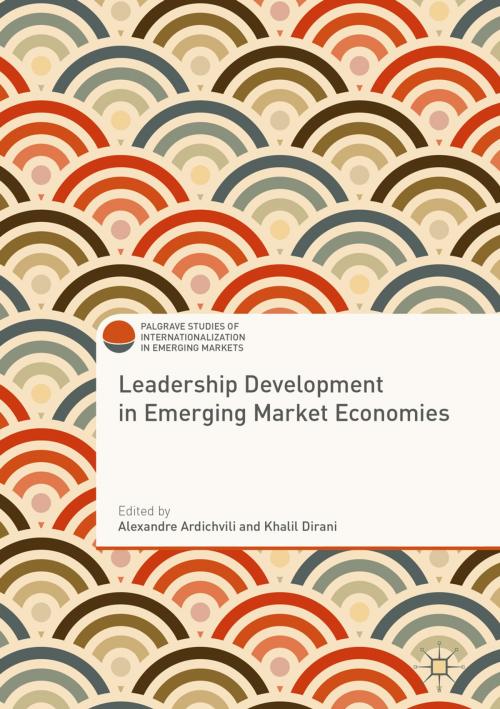Leadership Development in Emerging Market Economies
Business & Finance, Management & Leadership, Planning & Forecasting, Management| Author: | ISBN: | 9781137580030 | |
| Publisher: | Palgrave Macmillan US | Publication: | January 1, 2017 |
| Imprint: | Palgrave Macmillan | Language: | English |
| Author: | |
| ISBN: | 9781137580030 |
| Publisher: | Palgrave Macmillan US |
| Publication: | January 1, 2017 |
| Imprint: | Palgrave Macmillan |
| Language: | English |
This edited volume provides an overview of the current state and indigenous practices of leadership development (LD) in a select group of emerging market economies, including BRICS, Southeast and East Asia, Middle East, Eastern Europe, and Africa. While some authors focus exclusively on LD in the business sector, others discuss such topics as LD in higher education, the role of higher education institutions in leadership development for managers and executives, the role of religious institutions, and LD in the government and public sectors. Further, chapters on Brazil, Malaysia, Russia, Thailand, South Africa and South Korea include case studies of LD in individual companies. These cases and examples can be used in discussions of indigenous LD practices in courses on international and cross-cultural HRD, HRM, and leadership and organization development. Readers will benefit from this unique view of indigenous practices and perspectives from a variety of disciplinary backgrounds: HRD, HRM, and management and leadership studies. It is an essential read for academic audiences who recognize leadership development as a dominant trend both in developed and emerging economies.
This edited volume provides an overview of the current state and indigenous practices of leadership development (LD) in a select group of emerging market economies, including BRICS, Southeast and East Asia, Middle East, Eastern Europe, and Africa. While some authors focus exclusively on LD in the business sector, others discuss such topics as LD in higher education, the role of higher education institutions in leadership development for managers and executives, the role of religious institutions, and LD in the government and public sectors. Further, chapters on Brazil, Malaysia, Russia, Thailand, South Africa and South Korea include case studies of LD in individual companies. These cases and examples can be used in discussions of indigenous LD practices in courses on international and cross-cultural HRD, HRM, and leadership and organization development. Readers will benefit from this unique view of indigenous practices and perspectives from a variety of disciplinary backgrounds: HRD, HRM, and management and leadership studies. It is an essential read for academic audiences who recognize leadership development as a dominant trend both in developed and emerging economies.















